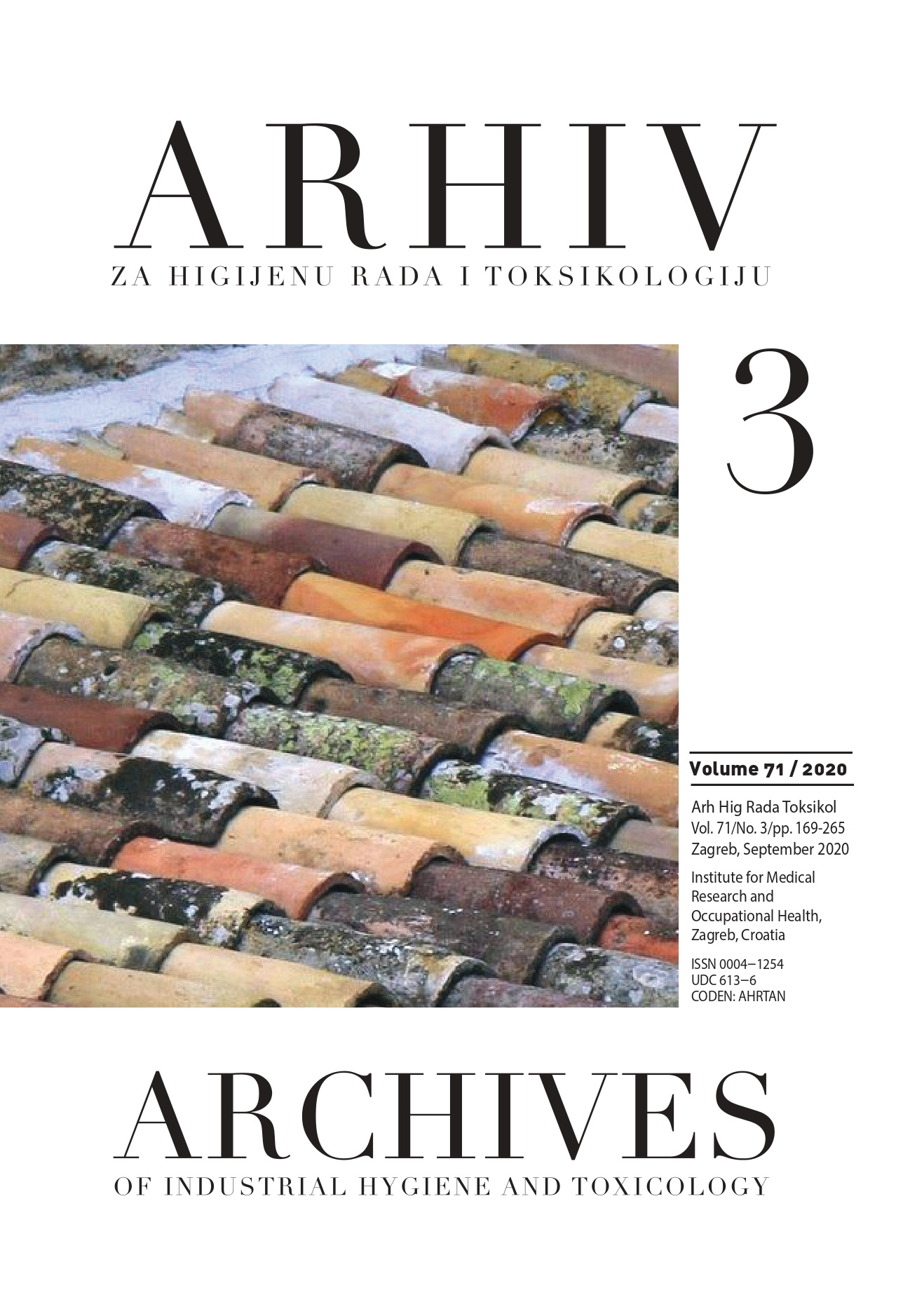Comparison of beautician and hairdressing apprentices with regard to skin health and skin barrier function
DOI:
https://doi.org/10.2478/aiht-2020-71-3452Keywords:
hand eczema, occupational skin disease, safety at work, transepidermal water loss, vocational trainingAbstract
Hairdressing and beautician apprentices are at high risk of occupational skin diseases. Our objective was to compare the prevalence of skin symptoms and the condition of skin barrier between them at the end of vocational training. We recruited 101 hairdressing and 76 beautician apprentices (overall median age 17 years), who reported their history of skin symptoms through the Croatian translation of the Nordic Occupational Skin Questionnaire (NOSQ-2002) and had their hand skin clinically examined and evaluated with the Osnabrück Hand Eczema Severity Index (OHSI). Transepidermal water loss (TEWL) was measured following the standard procedure. Hairdressing apprentices reported significantly higher prevalence of hand/wrist eczema or urticaria than beautician apprentices (35 % vs 25 %, respectively; P=0.041) and higher severity of current hand eczema [median (range) 1.5 (0–8) vs 0.5 (0–4), respectively; P<0.001] and had higher hand TEWL values in those who washed their hands >20 times a day [median (interquartile range): 24.4 (19.7–33.7) vs 18.8 (15.4–23.2) g/m2/h, respectively; P<0.001). Hairdressing apprentices had more severe clinical symptoms on the hands, and 83 % of those who reported eczema also reported that exacerbation occurred during practical training in comparison to 38 % of beautician apprentices. Our study is the first to report occupational hand and forearm skin issues in the beautician apprentices and also suggests that more effort is needed to improve training about safety at work, which should be specifically tailored for these two trades.














